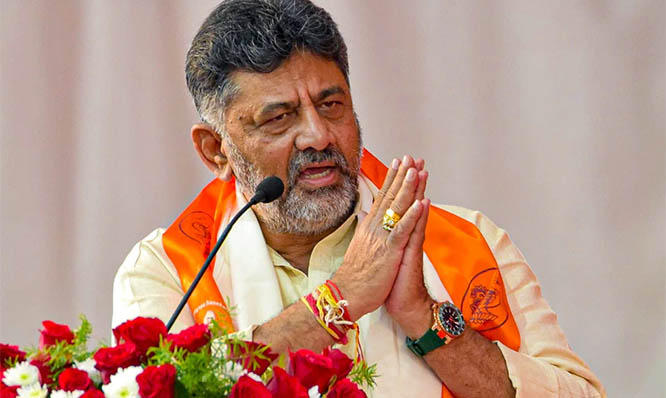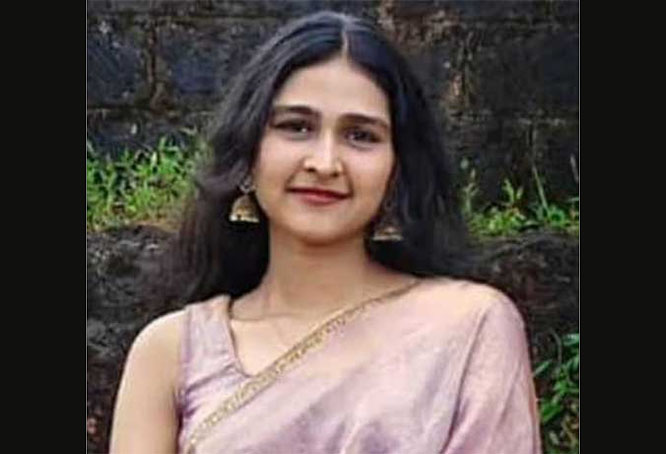Mangaluru, Mar 6: Dakshina Kannada police conducted drives against the illegal sale of liquor in various police station limits in the district.
By conducting raids in Belthangady, Puttur rural, Kadaba and Bantwal’s Vittal police station limits on Friday, 17.38 litres of liquor worth Rs 6,799 meant for illegal sale were seized. The police teams also arrested four people and seized a two-wheeler.
The accused are Boja Bangera, 56, a resident of Gardadi village in Belthangady, Narayana Gowda, 59, from Narimogaru in Puttur, Prakash Kumar, 52, of Haleneranki in Kadaba and Gangadhara 50, of Kanyana in Bantwal. Cases have been registered under the provisions of the Karnataka Excise Act in respective police stations.
Punjalakatte police on Saturday raided the premises of the house of Jerald Pinto in Sonandoor village in Belthangady. They seized 56 bottles of beer and 37 sachets of 90ml whiskey worth Rs 4,055. The liquor was allegedly kept illegally for sale. A case has been registered under various provisions of the Karnataka Excise Act.
Venoor police on Saturday seized 3.6 litres of liquor stored illegally in Bajire village of Belthangady taluk. A case has been registered against Sundara, 48, a resident of Kanappadi in Belthangady.
Uppinangady police seized illegal stock of liquor including beer and whisky worth Rs 21,952 from accused Umesh Poojary, 42, a resident of Barya village in Belthangady. Meanwhile, Bantwal rural police on Saturday seized illegal stock of liquor worth Rs 5,412 at Devasyapadoor.







Comments
Add new comment